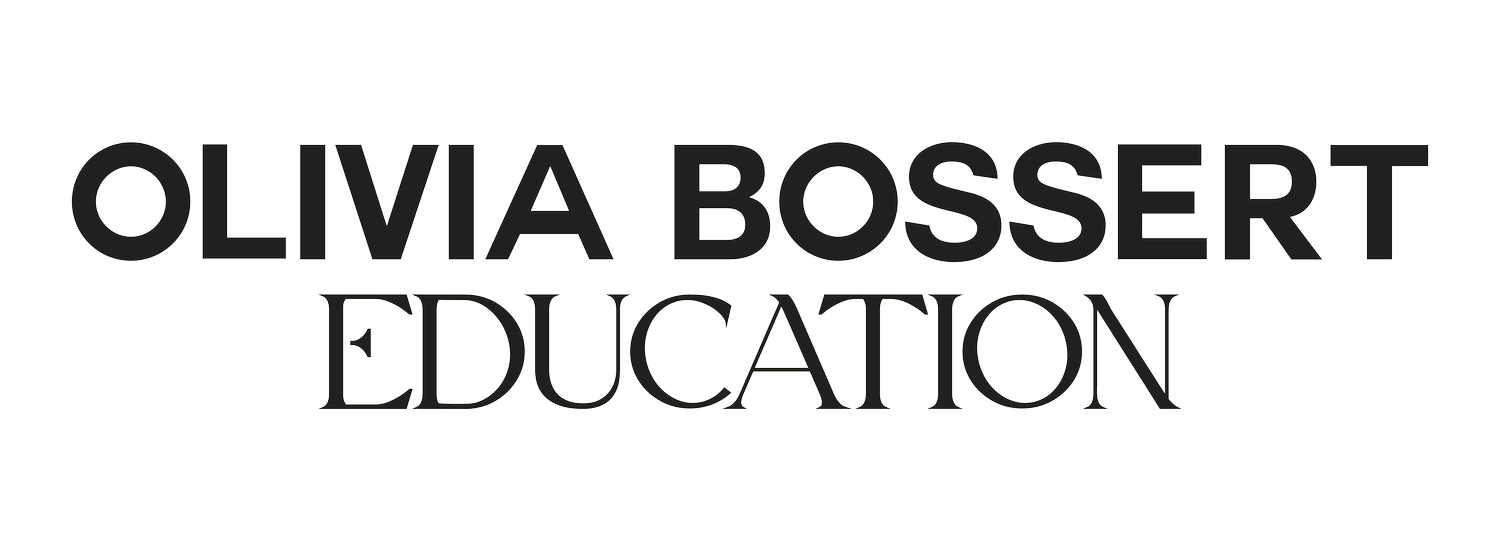Retouching Secrets Revealed: An Interview with Closer Post
When it comes to retouching, the process is often filled with challenges and creative problem-solving. Behind every flawless image lies a journey that combines technical skill, artistic vision, and effective communication. In this interview, we sit down with the talented team at Closer Post, a leading retouching studio that has mastered the art of image enhancement. Here’s a glimpse into their workflow, their insights on AI, and their advice for photographers who want to take their work to the next level.
The Art and Science of Retouching
Retouching isn't just about making an image look better; it's about making it match the photographer's vision. According to Closer Post, "Retouching is essentially non-stop problem solving." It's about more than adjusting shadows or highlights—it's about ensuring the mood of a photo matches the photographer's intention. Sometimes, even when a color reference is matched perfectly, the photo may still not feel right if the overall mood doesn’t align. It's a balancing act that requires technical expertise and an intuitive feel for the art of photography.
File Formats and Workflow Essentials
For any photographer working with a retoucher, providing the right files is crucial to a smooth workflow. "Send a TIFF," says Closer Post. TIFFs are ideal for high-quality edits, as they preserve details. It's also important to send your files without noise, something many photographers forget. Though adding grain in Capture One is common, retouching requires a clean base.
Closer Post recommends sending a raw EIP file with your color adjustments intact so the retoucher can see exactly what you saw on set. For larger projects, always include the TIFF, a JPG with annotations, and a little description of what you're aiming for. This way, the retoucher has all the info needed to bring your vision to life.
The Role of AI in Retouching
With the rise of AI tools in Photoshop, many photographers and creatives are questioning the future of retouching. Closer Post has a practical approach to AI. "AI is a tool, just like any other," they explain. When dealing with a high volume of images, AI tools like generative fill can save hours of manual labor, allowing for quicker delivery without sacrificing quality. However, AI isn't a complete solution—it still requires the expert eye of a retoucher to refine and finalize the work.
While some creatives are worried about AI "stealing" their work, Closer Post sees it as a way to streamline the process. For example, AI can help generate backgrounds for images where elements are missing. With AI, they can create these elements in record time, but they still go in and make adjustments, ensuring the final result looks seamless.
AI tools in retouching can speed up workflows, but they don't replace the need for a skilled retoucher. As the team puts it, “You still need to know what you’re looking for in an image to make it work.”
Trends in Retouching: Film vs. Digital
A significant trend in retouching is the desire to emulate the look of film photography. Many photographers want to create the grainy, soft aesthetic that film offers. However, Closer Post notes that this "film look" often misses the mark. Retouchers are sometimes asked to lift the black point and reduce contrast, resulting in images that feel technically underexposed, much like poor-quality film shots. But true film photography is about crafting beautiful, well-exposed images with rich contrast—not poorly exposed ones.
The team shares a valuable tip: Look at vintage Vogue magazines from the '80s and '90s. They were shot on film and printed with beautiful contrast, something that's often overlooked in today's trend-driven approach to retouching. So, while the “film look” might be trendy, it’s important to remember the history of film photography and its timeless qualities.
The Key to Successful Retouching Collaboration
A successful collaboration between photographer and retoucher relies heavily on clear communication. "It's all about planning," says Closer Post. When you approach a shoot, knowing what you want to achieve is essential. Having a vision and sharing it with your retoucher allows them to understand your expectations and execute accordingly. Whether you’re working on a commercial project or building a portfolio, clarity is key to achieving the best result.
Closer Post emphasizes that a strong portfolio is built on a foundation of direction and purpose. Don’t just shoot randomly—have a goal for every image and be prepared to work closely with your retoucher to bring that goal to life.
Wrapping Up: The Future of Retouching
The future of retouching is an exciting one, with tools like AI pushing boundaries and offering new possibilities. However, the importance of the human touch—the artistic, skilled hand of the retoucher—will never go away. As Closer Post says, “It’s not about the process, it’s about the final output.” Whether you’re using traditional or digital methods, the end product is what matters most.
For photographers who want to elevate their work, Closer Post provides an invaluable resource. Their expertise in retouching and their approach to collaboration ensures that the photographer's vision is brought to life in the most seamless way possible. So, if you're looking for top-tier retouching services, check out Closer Post at closerpost.com or follow them on Instagram @closerpost.
Final Thoughts
Retouching is an art that requires both technical expertise and creative vision. By understanding the retouching process, communicating effectively with your retoucher, and embracing tools like AI where appropriate, you can create stunning images that stand out. The key is to have a clear vision and to work with professionals who can make that vision a reality. Whether you're a photographer just starting out or a seasoned pro, the insights shared by Closer Post will help you refine your craft and elevate your images to the next level.

